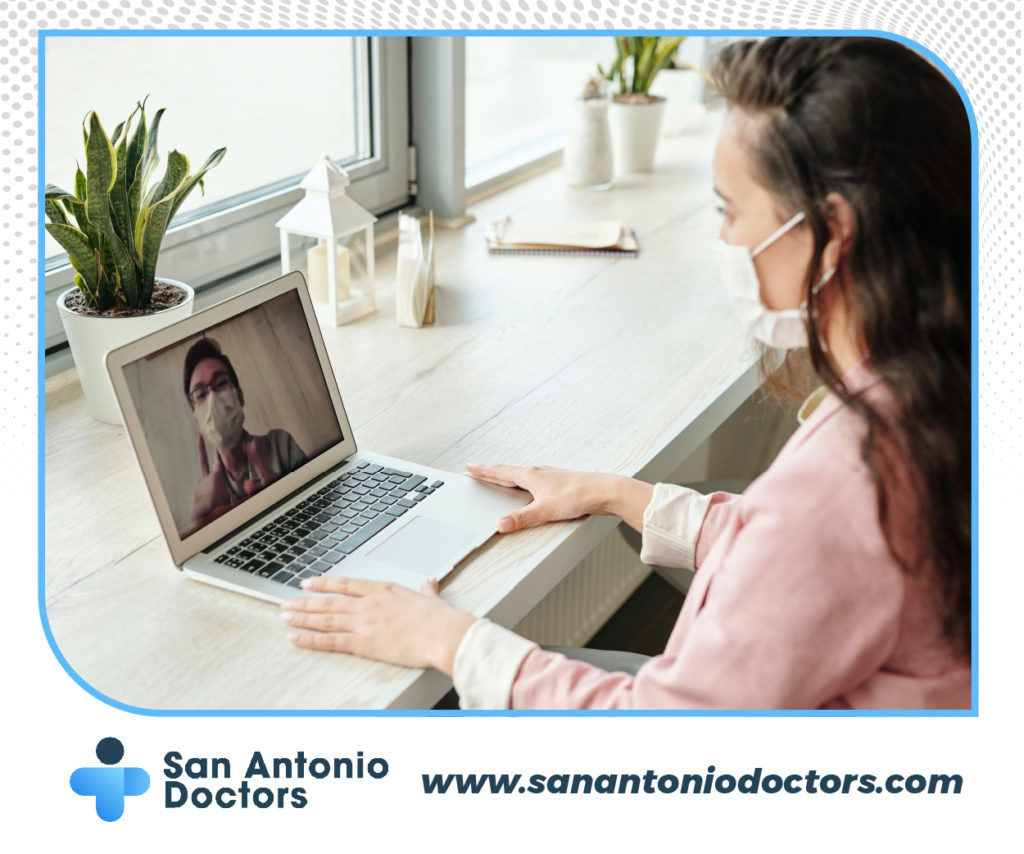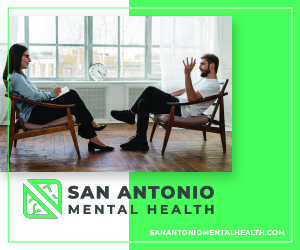Exercise, Stretches & Preventative Care Can Help
by Annette M. Zaharoff M.D.
Cycling is an extremely popular sport, with millions of people riding for recreation, competition and exercise activity. Physicians often recommend stationary cycling in rehabilitation programs to avoid some of the impact movements of other sports and activities. Unfortunately, a variety of injuries can occur with cycling. One of the most common areas for pain to develop is in the lower back. It is reported that 80 percent of cyclists will suffer with low back pain. The good news is that approximately 95 percent of these problems can be resolved with preventative care, exercises and stretches.
The Role of the Back
The back has several key roles in supporting the cyclist:
Improves pedaling: The back prevents the pelvis from rocking or tilting, which makes the leg muscles work more efficiently.
Helps breathing: A supportive spine opens up the chest and makes respiration easier which may cause less cramping of the diaphragm.
Improves aerodynamics: The back supports your forward riding position, cutting down on wind resistance.
Why does the back get stressed in cycling? One way is the nature of the spine’s position while you ride; It practically suspends your upper body in space for hours while you ride. Besides that, pushing big gears, riding off road on pounding surfaces and riding a bike that doesn’t fit can all contribute to your torturing your back.
Avoiding Strain
How do you avoid overusing the back during your rides? First, gradually accustom your lower back to increased riding. If you develop a backache, limit your mileage increase to 10 percent per week, or drop by 10 percent per week, until the pain resolves.
Next, ride in the smaller gears with less resistance. The larger gears require more exertion by the buttock muscles, which in turn will gradually involve more fatigue to the lower back muscles. The muscles in the lower back are not built to withstand such prolonged stress and will fatigue. Avoid riding hills everyday to reduce the stress to the lower back muscles. Hills affect the back similar to pushing big gears.
If you use aero-bars, take a break from them once in a while. This riding position causes more flexion and stress on the spine. More road shock is also transmitted to the spine in this position.
Remember to stretch on and off the bike to keep the muscles loose and warmed up. Stretching increases blood and nutrients to the discs and surrounding areas and helps “lubricate” the small joints of the spine.
Other things you can do to prevent strain to the lower back:
• Alternate between pavement and off road. Too much pounding from rough ground may injure the back. If you ride off road, rising off the saddle for bumps and using the arms and legs as shock absorbers will help.
• Make sure your bike fits you. Nothing is worse than ill-fitting equipment. Imagine running in a tight pair of shoes! A misfit on your bike can torture your spine.
• Be careful lifting your bike. Carry your bike close, and bend at the knees when lifting it. Repeated bending and twisting of the lower back while lifting can lead to injury of the discs until one more twist causes the disc to rupture.
Back Support
The best way to support your back is by keeping your abdominal muscles strong. “Crunches” will do the trick. Lie flat on your back with your knees bent, feet flat on the floor, unanchored. With your arms across your chest or behind the back of your head, curl your head and shoulders up just enough to clear your shoulder blades from the floor. Try to keep your head in line with your shoulders. You will feel the stomach muscles tighten. Build up to 100 repetitions, and repeat four to five times per week.
Remember, your back helps harness the power of your legs in cycling. Keep it healthy and strong to maintain a good pedaling partner. If you do experience lower back pain, consult your sports medicine physician for advice. There are many excellent non-operative treatments available to take care of your cycling backache!
Dr. Annette Zaharoff is a sports medicine physician specializing in the non-surgical evaluation and treatment of injuries. She maintains a private practice in San Antonio and may reached by calling her office at (210) 616-0646 or visiting her Web site www.drZmd.com.






